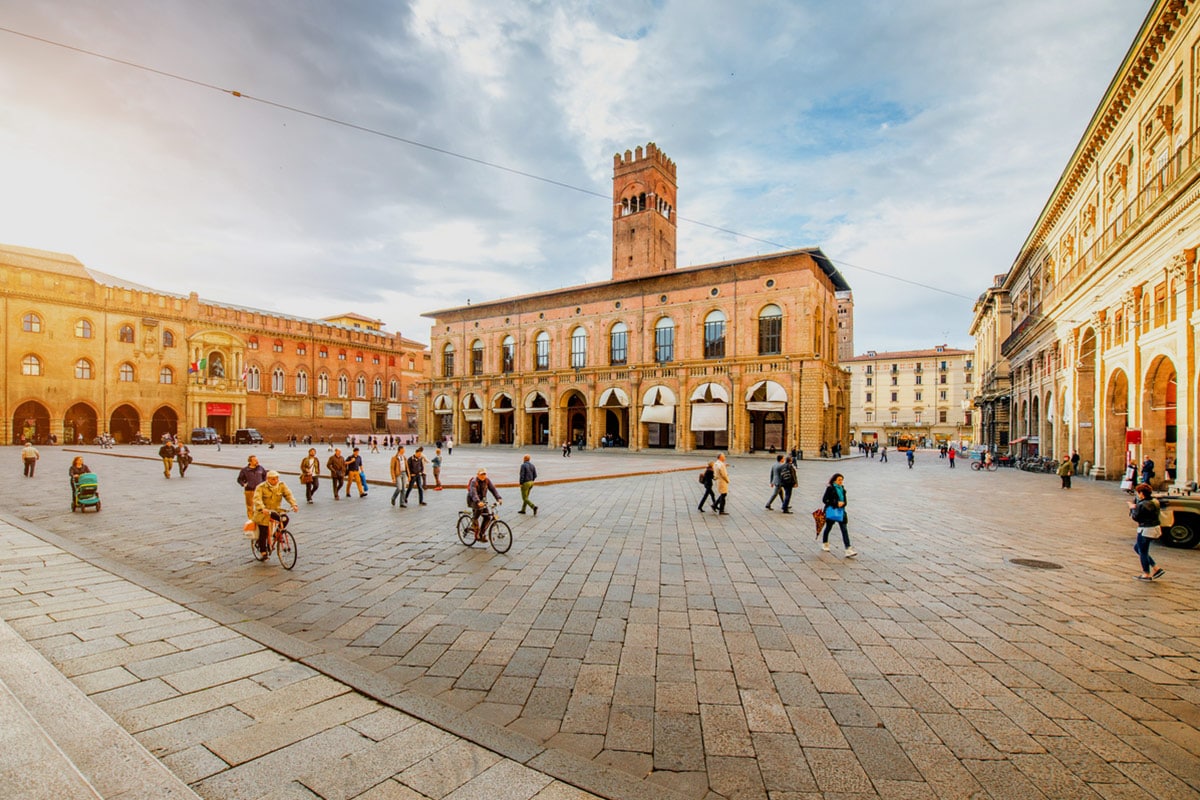
Train is the fastest connection between Bologna and Padova: get to your destination in only 1 hours and 4 minutes!
Buy your Italo high speed train tickets Bologna-Padova in advance and save!
Discover now:

Don't miss our incredible offers: buy your train tickets from Bologna to Padova with Italotreno!
| Routes | Tickets from | BOOK NOW |
|---|---|---|
Bologna - Padova |
8,90€
|
BOOK NOWBologna - Padova |
| Routes | Tickets from | BOOK NOW |
|---|---|---|
Padova - Bologna |
8,90€
|
BOOK NOWPadova - Bologna |
| 🚉 Departure | Bologna |
|---|---|
| 🚄 Arrival | Padova |
| ⌚ Trip duration | 1 hour and 4 minutes |
| 💰 Price | Tickets from 8,90 |
| 📍 Distance | 125 km |
| 🚅 Daily trains | 11 |
Travelling from Bologna to Padova by train is a fast and economical journey. The Bologna-Padova route is 125 km long and the journey with Italo takes 1 hour and 4 minutes. The price of this trip starts at 8,90, a convenient price to enjoy a round trip to visit beautiful Padova.
Reclining leather seats
Free Wi-Fi Internet
Fast Track
Welcome service
Newspapers and magazines
Extra space
Reclining leather seats
Free Wi-Fi Internet
Lounge Italo Club Free Access
Extra-wide armchairs
Dedicated catering
Fast Track
Newspapers and magazines
Free Wi-Fi Internet
Which stops the Bologna - Padova route train makes.
City
bolognaStation
Bologna Centrale
With staff
City
rovigoStation
Rovigo
With staff
City
padovaStation
Padova
With staff
Discover our best offers











